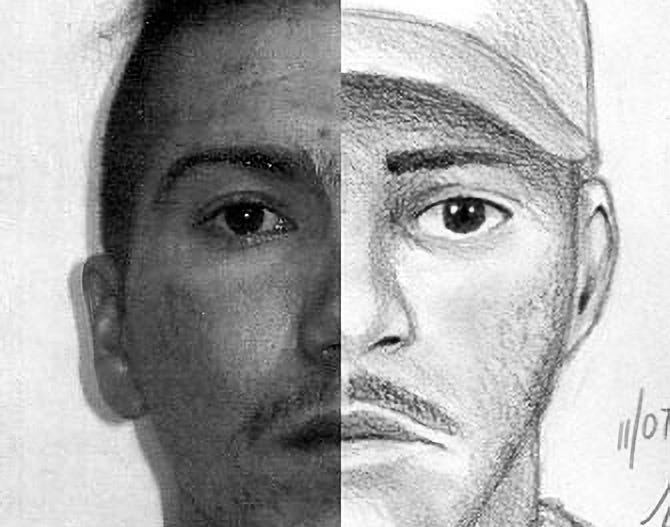The Sketches That Solve Crimes
Inside the delicate, human work of a forensic artist.
In episode 7 of How to Be Anything, we meet Melissa Cooper, a forensic artist in California’s Bay Area.
So, what does a forensic artist actually do?
Melissa’s work falls into three main categories:
Composite sketches of suspects, drawn from witness statements—those familiar sketches you see on news reports or wanted posters.
Age progressions of people who’ve been missing for years, often children who disappeared long ago.
Postmortem reconstructions of unidentified people, sometimes drawn from crime scene images or nothing more than a skull. These sketches often end up in the National Missing and Unidentified Persons System (NamUs), helping families reclaim the identities of their loved ones.
Melissa’s work gives voice and identity to those who might otherwise be forgotten: survivors of crime, the missing, and the unidentified dead.
Btw, for those who haven’t heard of NamUs, it’s a database run by the U.S. Department of Justice that helps law enforcement, medical examiners, coroners, and even the public, work together to solve missing and unidentified persons cases. (Go search it using your city and state. You might be able to help solve a crime!)
But couldn't AI do this instead?
Melissa’s answer: absolutely not. “AI would be one of the worst candidates for this field,” she told me.
Memory is fragile, and forensic art depends on nuance and trust. If she phrases a question the wrong way, she could accidentally reshape a witness’s memory. “It’s like being a surgeon—you have to carefully extract what’s there without disturbing anything around it.”
How do you become a forensic artist?
It helps that Melissa grew up obsessed with faces. As a kid, she would spend hours sketching, filling entire notebooks with eyes, noses, and mouths. Sometimes she cut facial features out of magazines and rearranged them into new faces. It was a fascination that quietly prepared her for a career.
In 2007, she signed up for a course in forensic art, and learned that she’s really good at it. Her first job was at the Santa Monica Police Department.
And here’s the part that surprised me most (and didn’t make the episode): Melissa often never learns what happens to her sketches. Sometimes they lead to an arrest, sometimes to an identification, and sometimes they simply disappear into a file. Word of the results seldom reaches her. Her job is to draw the most accurate face possible and then let it go.
You can listen to Melissa’s story on Apple Podcasts, Spotify, and anywhere else you listen to podcasts. And if you like the show, text it to a friend. :)
Keep learning
Here’s a list of things mentioned in this episode that you would otherwise have to go Googling for:
The National Missing and Unidentified Persons System (NamUs)
Gil Zamora, Melissa’s instructor at San Jose State University
Bye and thanks for listening!
Emily
P.S. We’re an indie podcast, so please show us your support by rating and reviewing wherever you listen. <3




